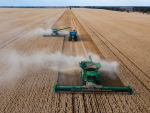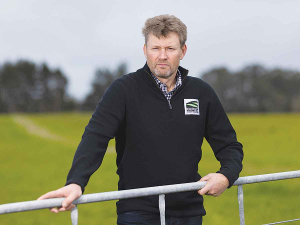John Deere and Mahindra have squared off in the US over the latter’s advertising claims.
John Deere complained that its Indian rival had been exaggerating the number of tractors it had sold.
The National Advertising Review Board (NARB) in the US told Mahindra it should modify its claims to being “No. 1 selling tractor” and “over 2.1 million Mahindra tractors sold”, and that it should cease referring to “best warranty” and “superior oil protection”.
Deere complained to the National Advertising Division (NAD) in 2018, saying the “No. 1” claim was misleading and did not disclose the total number of tractors included as Mahindra and Mahindra-owned Swaraj branded products. It also excluded certain vehicles from the definition of ‘tractors’.
The NAD also recommended that Mahindra cease claiming “the industry’s best warranty”. But it did not preclude the company from making truthful claims for specific attributes of the warranty that made it superior to its competitors, notably the duration of the warranty.
The NAD also recommended that Mahindra should stop claiming “superior protection with our branded oils” due to a lack of supporting evidence.
Mahindra has appealed the NAD’s recommendation to the NARB, which suggested that the “No. 1” claim be qualified with a clear disclosure of all the tractor brands involved and an indication of the time period to which the claim relates.
Mahindra argued that its “best warranty” claims were “puffery” and even if they were not, that their powertrain warranty was indeed longer than any of its competitors’.
Mahindra has advertised that it has agreed to comply with the findings.











